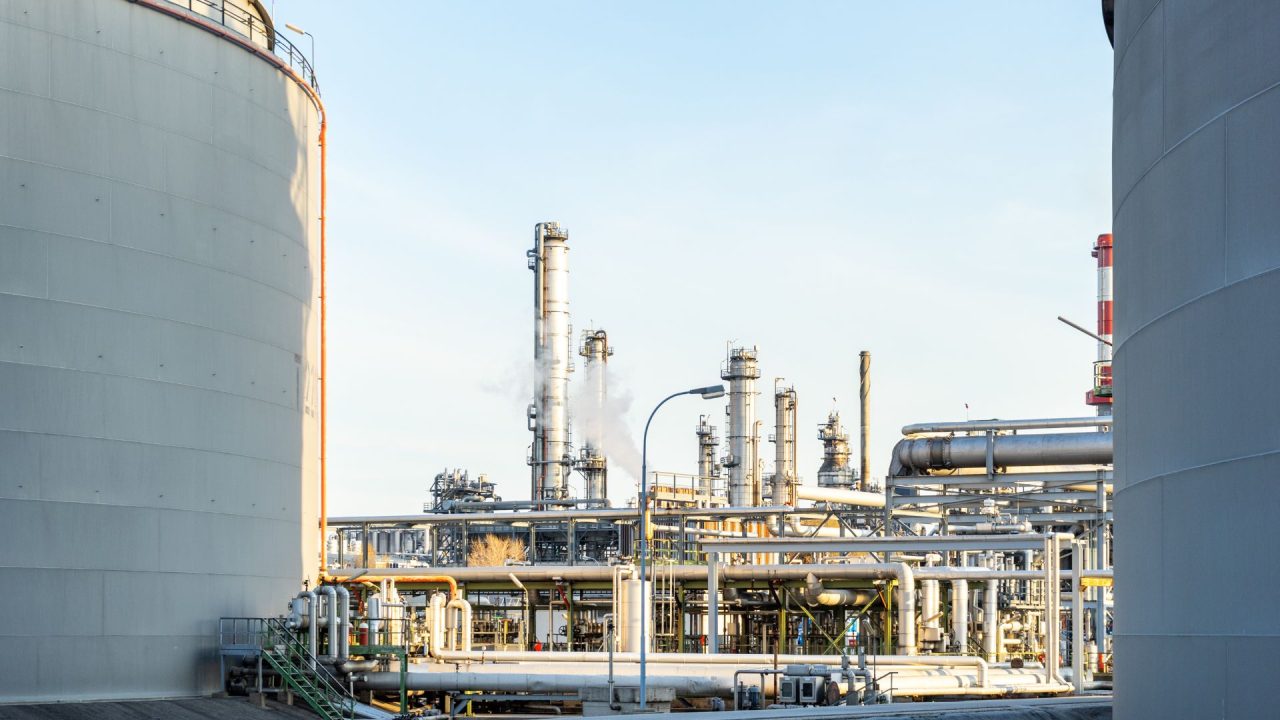Gold prices could see a substantial increase to $3,000 per ounce, while oil prices might surge to $100 per barrel within the next 12 to 18 months, according to analysis from Citi. Aakash Doshi, Citi’s North America head of commodities research, highlighted three potential catalysts for these significant price movements.
Firstly, if central banks significantly increase their purchases of gold, there could be a surge in its price. Doshi pointed out that this could occur due to a variety of factors such as a push towards de-dollarization among emerging markets central banks, potential stagflation, or a deep global recession.
Citi analysts, including Doshi, emphasized the importance of this trend, suggesting it could challenge the dominance of jewelry consumption as the primary driver of gold demand. Central banks have been increasing their gold purchases in recent years, with China and Russia leading the way and other countries like India, Turkey, and Brazil also increasing their bullion buying.

This trend has been sustained over the past two years, with more than 1,000 tons of net gold purchases reported annually by the World Gold Council.
Secondly, a deep global recession could prompt central banks, particularly the U.S. Federal Reserve, to rapidly cut interest rates, potentially driving gold prices higher. The inverse relationship between interest rates and gold prices suggests that lower rates make gold more attractive compared to other fixed-income assets.
Thirdly, the possibility of stagflation, characterized by increasing inflation, slowing economic growth, and rising unemployment, could also lead to higher gold prices. In times of economic uncertainty, investors often seek the safety of assets like gold, which could drive up its price.

Despite these potential triggers, Citi maintains a base case scenario for gold prices, projecting them to reach $2,150 in the second half of 2024, with an average price of just over $2,000 in the first half. However, Doshi suggested that a new record price could be reached towards the end of 2024.
Regarding oil prices, Citi’s analysis suggests that they could also see a significant increase, potentially reaching $100 per barrel. Factors such as geopolitical risks, deeper production cuts by OPEC+, and supply disruptions could contribute to this price surge.
Tensions in regions like the Middle East, particularly between Israel and Lebanon, as well as potential supply disruptions in countries like Iraq, Iran, Libya, Nigeria, and Venezuela, could all impact oil prices.


